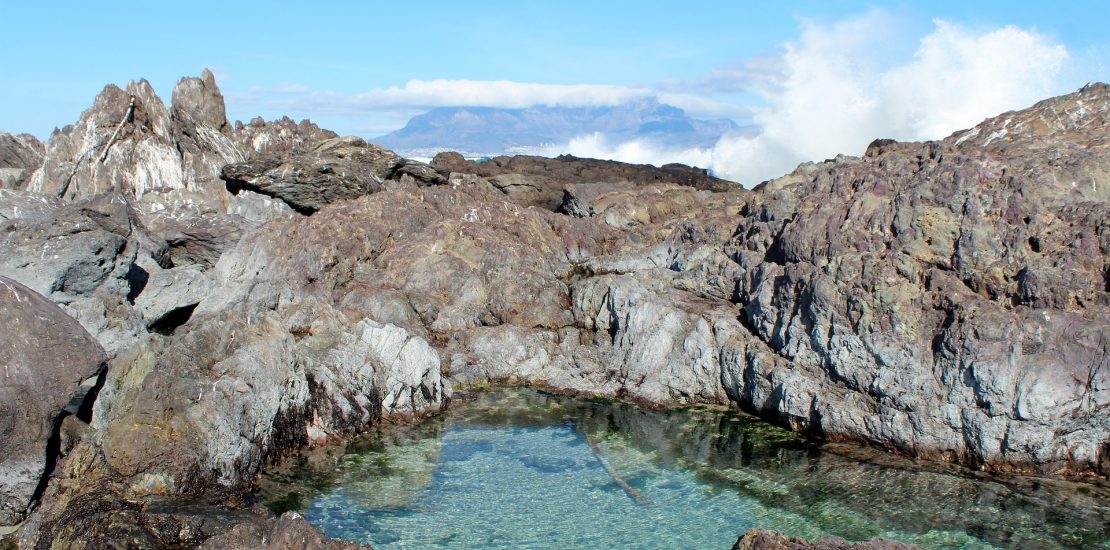Study develops an integrated water framework to model water cycles from small basins to entire countries
- September 28, 2022
- Posted by: Sinead Sprigg
- Category: Engineering, Environmental, Global, Research Papers, Technology & Innovation, Water Issues

A team of IIASA (International Institute for Applied Systems Analysis) researchers applied a large-scale model linking surface water to groundwater. The integrated model can be used to model water cycles at various geographical levels, ranging from small basins to entire countries.
Groundwater is the largest freshwater source on Earth apart from the ice caps and glaciers. It feeds into rivers, lakes, and other surface water bodies and is essential for ecosystems.
Against the backdrop of climate change and rising water demand, tools for adequately modelling water availability are much needed. Existing large-scale models tend to oversimplify groundwater flow, often do not adequately integrate human water management, and operate at coarser resolutions than needed for modeling small-scale hydrologic processes.
The researchers used the model to assess the impact of groundwater-based irrigation on the water cycle – they found that irrigation increases the amount of water that moves into the atmosphere through evaporation from soil and transpiration through plant tissues, but reduces groundwater support to rivers and humid areas, especially during dry seasons. The results also indicate that the water table is deeper in areas with intense irrigation pumping.
“These biophysical models are important because water cycles need to be quantified for proper water management. We can study how local and regional water processes interact by linking models at different scales. In particular, a model like CWatM-MODFLOW is a useful tool to project the impact of future water management plans, land cover changes, or climate change,” says Luca Guillaumot, the study’s lead author and a researcher in the IIASA Water Security Research Group (currently at the French weather research center – CNRM).
“Humans are transforming the Earth’s water systems. IIASA water models can answer important questions about how we affect regional and global water systems at different spatial and temporal scales. Regional stakeholders, including policymakers, can use this information to construct realistic water management scenarios,” concludes study coauthor and IIASA Biodiversity and Natural Resources Program Director Yoshihide Wada.
